Brazilian Free-tailed Bat
Nine-banded armadillo
River Otter
River Otters, Lontra canadensis, are members of the weasel family. They can be found in a variety of freshwater bodies including rivers, creeks, swamps, marshes, ponds, and lakes throughout Florida with the exception of The Keys. Otters love riparian areas where they can make their burrows under tree roots on a bank and slide into the water for a tasty dinner of fish, crustaceans, reptiles, and amphibians. They also dine on insects, birds, and small mammals.
River Otters weigh 15-30 pounds and live to 12 years old, They and are skilled swimmers. When they aren’t playing in the water or mud, you will find them marking their territory with urine, feces, scent glands, and scratch marks on trees. Females give birth to one to six pups in a den dug into the bank of a body of water or a hollow log. When they are two months old, the mother otter pushes her pups into the water where they quickly learn to swim.
Fun Fact: River Otters can hold their breath for 8 minutes.
Photo Credit: Paul Waller
Pine Lily
The striking Pine Lily, Lilium catesbae, is a Long-lived perennial. Pollinators including Swallowtails are attracted to this native plant’s gorgeous flowers.
Pine Lillies grow in the wetlands of prairies, bogs, and pine savannas where they thrive in moist, sandy soils with partly shaded areas. They become dormant in the winter and flower throughout the summer. Sporadic blooms may occur in spring. The flower is the largest lily in the U.S.
The Pine Lily is designated as threatened due to habitat loss, conversion of their native habitats, and fire suppression. The restoration of Longleaf pine forests and regular prescribed burns will give these beauties the opportunity to multiply and continue to dazzle us with their beauty when we encounter them while hiking.
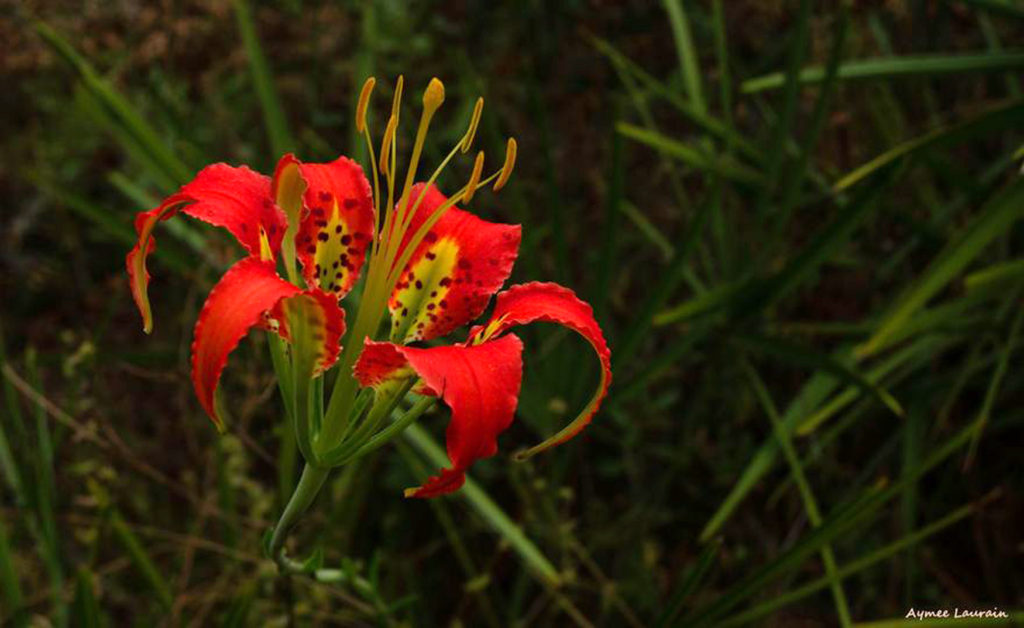
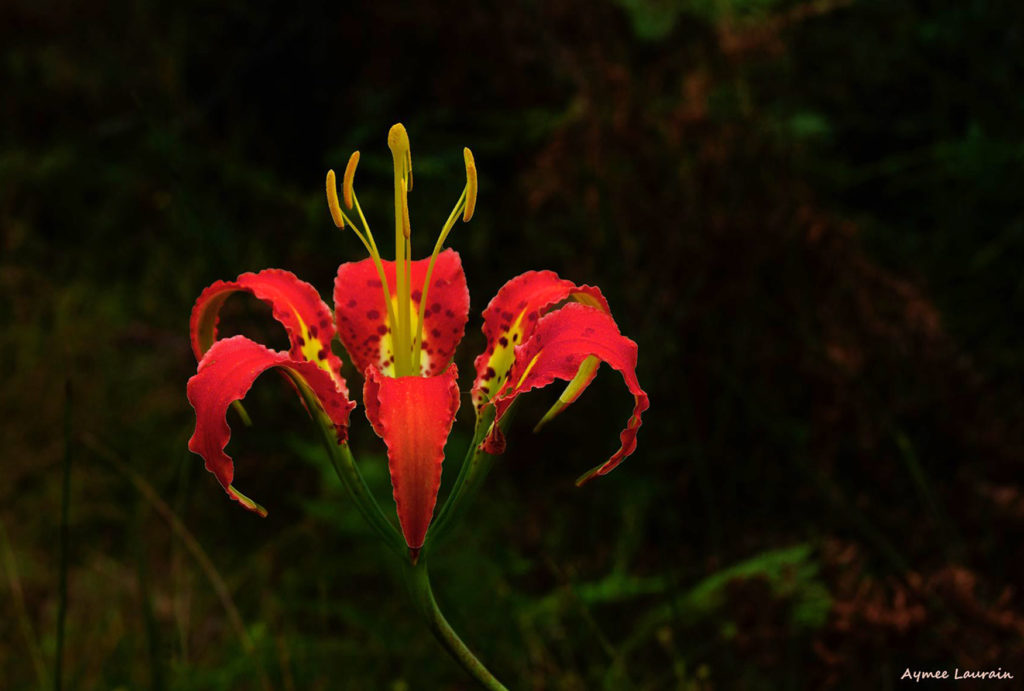
Bottlenose Dolphin
With their never-ending smiles, Bottlenose Dolphins (Tursiops truncatus) easily capture our hearts. These large mammals grow to lengths of 10 to 14 feet and can weigh as much as 1,100 pounds. Their powerful bodies allow them to reach speeds of over 18 miles an hour. They can live to be 50 years old.
Bottlenose Dolphins can be found inshore and offshore, including in estuaries. They are easy to spot as they surface two to three times a minute to breathe. Bottlenose Dolphins live in a community called a pod. Here they communicate with each other with an elaborate system of squeaks and whistles. Their speech allows them to work as a group to help a sick or injured dolphin, encircle a school of fish for a community dinner, and guard the pod against a shark attack.
Using echolocation, Bottlenose dolphins make 1,000 clicking noises per second. The sounds of the clicks travel through the water until it bounces off their prey. When the sound returns, the dolphin can expertly determine the shape, size, and location of their next meal. Each day an adult dolphin can eat 20 pounds of flounder, mullet, pinfish, sheepshead, and marine invertebrates.
Feeding a dolphin or swimming with a dolphin can seem harmless. It is not. In fact, it is against federal law. Human interactions with these magnificent animals can cause them to be drawn to humans, thus putting them at risk of boating accidents, entanglement in fishing nets, and consuming food that jeopardizes their health. Dolphins will pass these dangerous behaviors to their next generation. Grab a camera, and sit back and enjoy them playing and leaping in their natural, wild habitat.
Coyote
The coyote (Canis latrans) is a medium-sized omnivore. The average size of a coyote in Florida is about 28 lbs. Fossils of their remains have been found in Florida as far back as 2.6 million years ago. Due to the annihilation of the red wolves in Florida, coyotes are thriving. They are also stepping up to the plate to carry out the ecological task previously carried out by the red wolves. The role of a tertiary predator is important in maintaining balance and order in an ecosystem. They do this by regulating the trophic levels below them. If there are too many primary consumers, the vegetation can be depleted, causing soil and water problems. If there are too many secondary consumers, the primary consumer population can deplete, resulting in overgrowth. If prey isn’t available, coyotes adapt by eating vegetation.
February is part of the mating period. I suppose you could say Valentine’s Day is a romantic time for Coyotes as well as humans. After about a 63 day gestation period, the females will give birth. They will have to rely on the male to provide food for the mother and pups. The pups start weaning between April and May. This is done by eating the regurgitated food of their parents. By July, they are eating solid food. They begin hunting in August and will be ready to venture out on their own by December.
Coyotes are often called “song dogs” because of their variety of sounds. People frequently overestimate the number of coyotes in an area due to their singing. The phenomenon of hearing multiples is called the Beau Geste Effect. This term means “fine gesture” in French and comes from a book published in 1924. The story explains how a group of brothers used dead soldiers to give the illusion of several soldiers in an attempt to intimidate approaching forces.
Coyotes get a bad reputation, but with human behavior changes, we can learn to coexist with them. Don’t leave food out for other animals. Walk dogs on a short leash if you know coyotes are around. Secure trash. Keep your yard clear of any debris they could use as a den: secure livestock and their feed. If you see coyotes, make a loud noise to scare them away. As we learn to live with coyotes, we can learn to appreciate the role they play in keeping Florida’s ecosystems healthy.
Coyotes are a perfect example of an omnivore because they will eat almost anything. Their meals consist of plants, berries, dead things, insects (they love bugs), rodents, foxes, small animals of any kind including birds, small livestock, cats and small dogs, and of course, human and pet food!
Unlike wolves, coyotes do not hunt in packs. However, they will hunt with family members until their siblings go on their way.
Why are we seeing more coyotes in Florida? Humans have killed most of the wolves. Because wolves are now nearly extinct in Florida, coyotes have moved in and become king of the hill. They have no natural predators and will coexist in the wild with other animals, including panthers and bobcats. Coyotes love open grassy areas where rodents and other small animals live. Since man has cleared out many forests to make way for ranching and farming, the coyote has a free-range with plenty of food.
An adult coyote weighs 25 to 40 lbs. At times they may appear to be starving and seem very thin. This is their body build. Since they are extremely adaptable to almost any environmental condition and will eat almost anything, there is never any worry about coyotes finding enough food. When coyotes inhabit a new area, their population will grow quickly. Five to six pups may be born in a single litter. Once an area is established, the coyote population will level off.
Can we send them back to their original range? It has been tried in many states for hundreds of years, and the answer is no. Snare traps will most likely catch some other wild animal or someone’s pet before it captures a coyote. Two Florida black bears were found dead with coyote snares around their necks here in Central Florida. If we kill them, coyotes will just have more pups to repopulate the area quickly. Unless we reintroduce their natural predator, the red or grey wolf, and allow nature to take its course through Trophic Cascade, coyotes are here to stay.
What can you do to keep them wild and in the forests or uninhabited areas? We use the same techniques for coyotes as we do for our amazing Florida Black bears. Take in pet food and bird feeders, secure all attractants, scare that coyote if it is in your yard by yelling at it, making loud noises, etc. Never leave small pets outside unattended. Coyotes don’t know the difference between a small cat or dog and any other prey. It’s our responsibility as pet owners to keep pets safe.
Let’s learn to respect nature, and not fear it, to coexist and not destroy it.

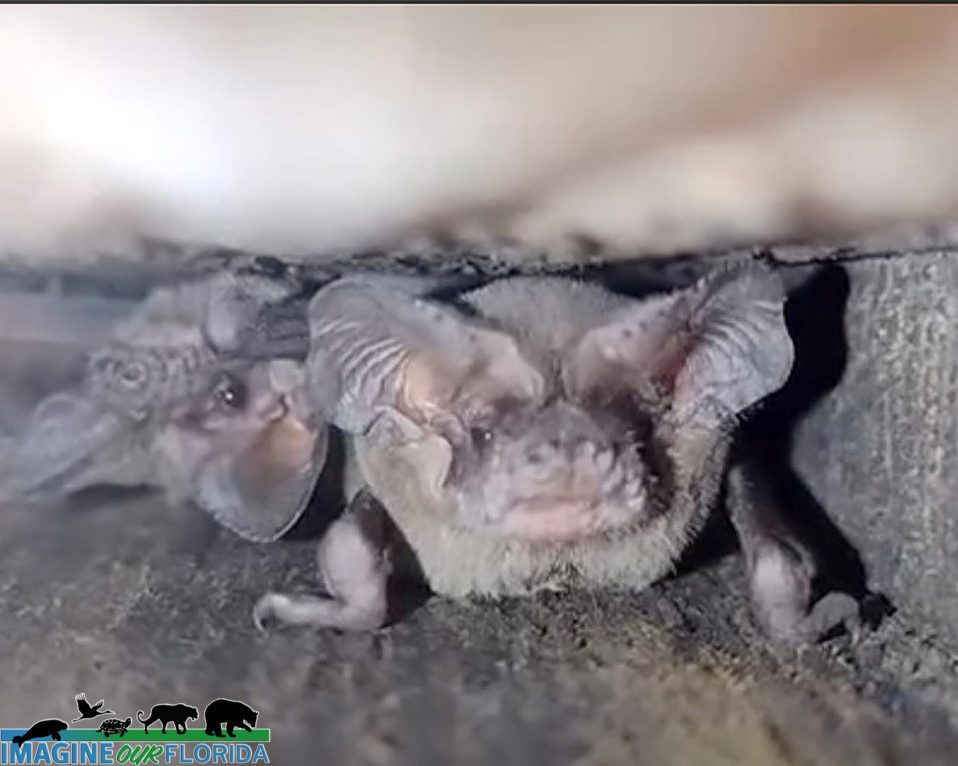
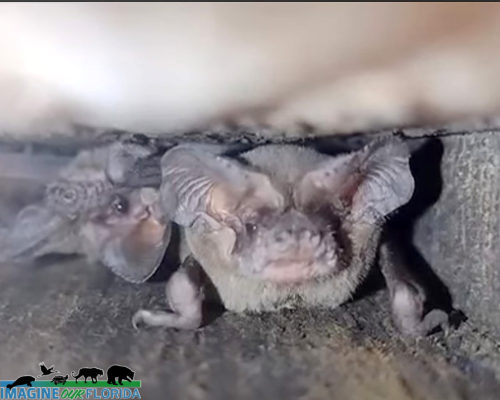
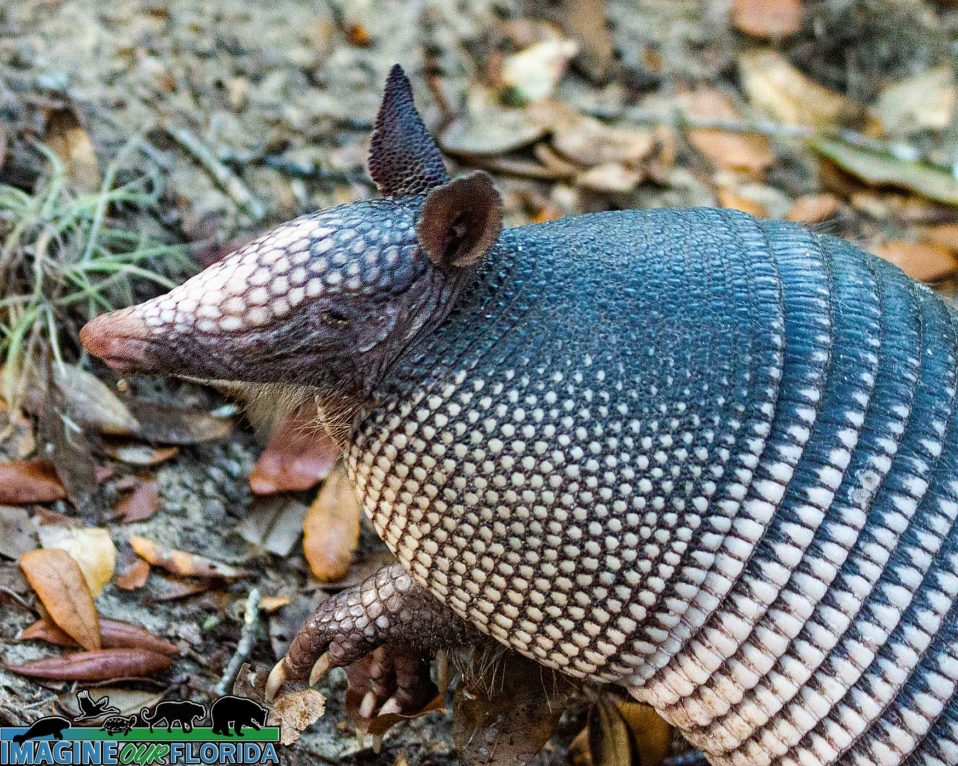
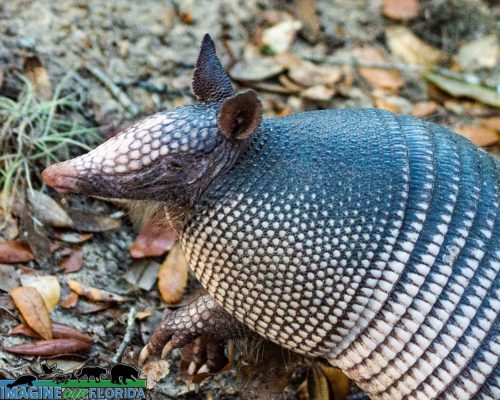
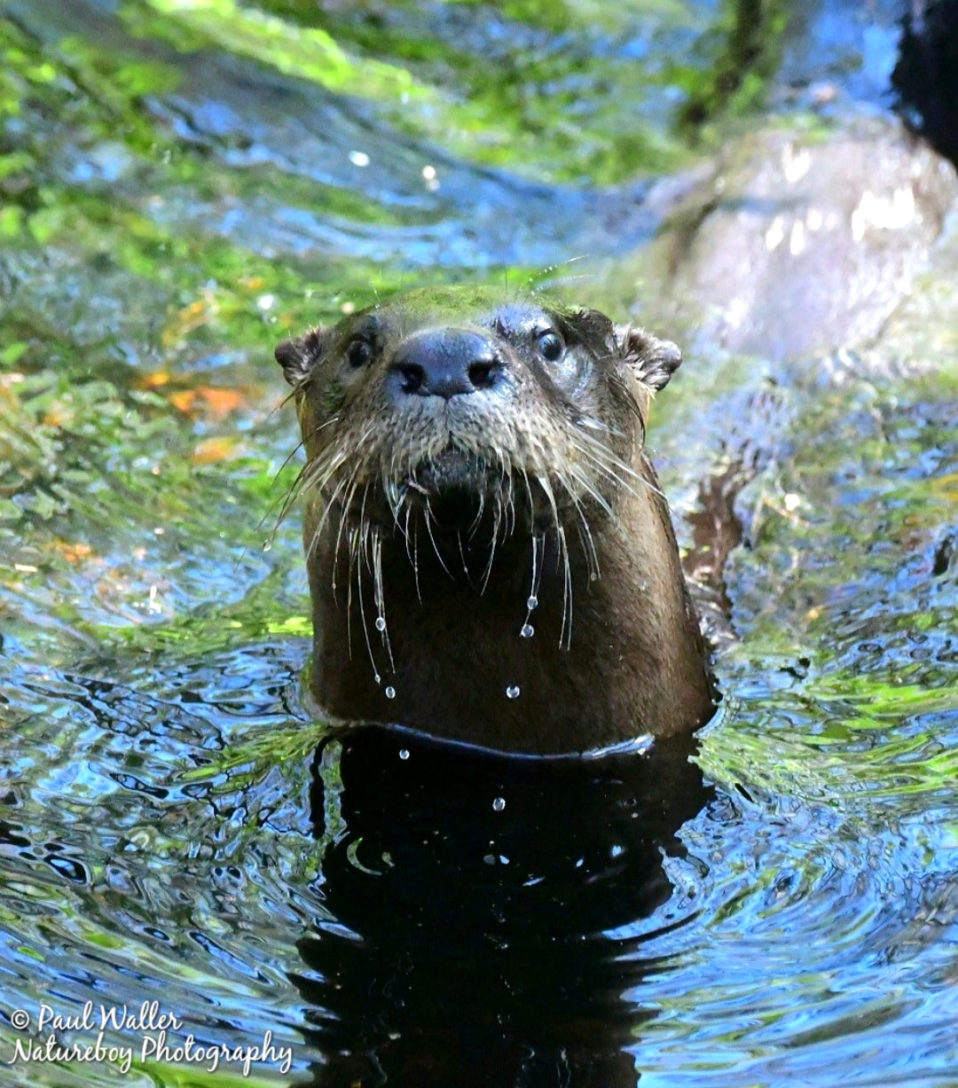
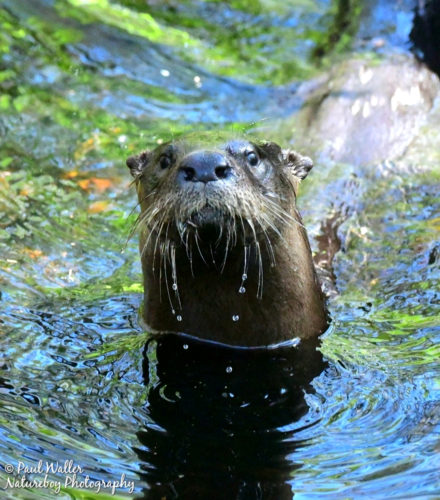
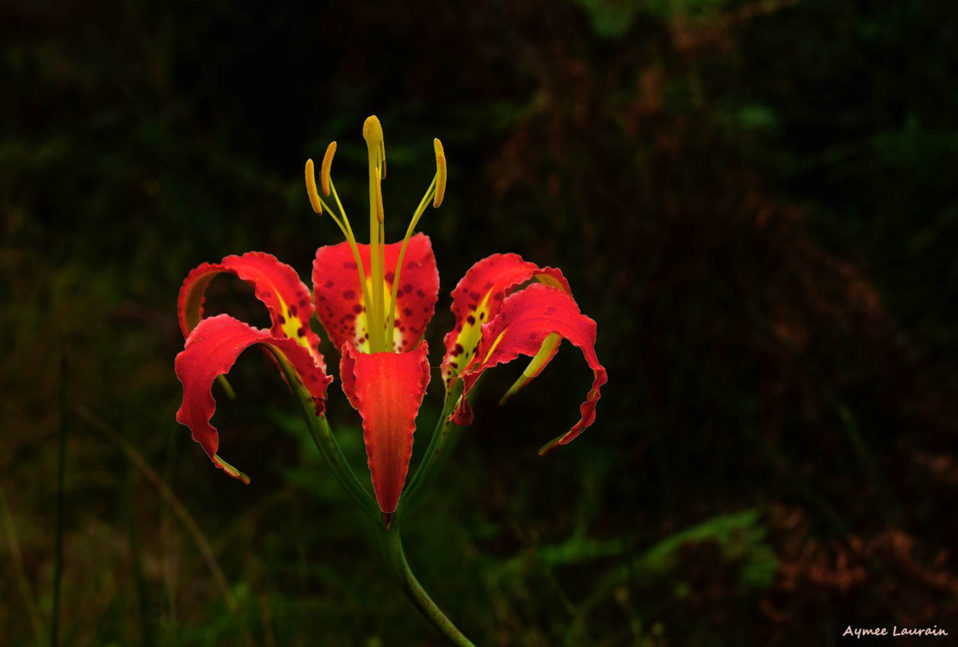
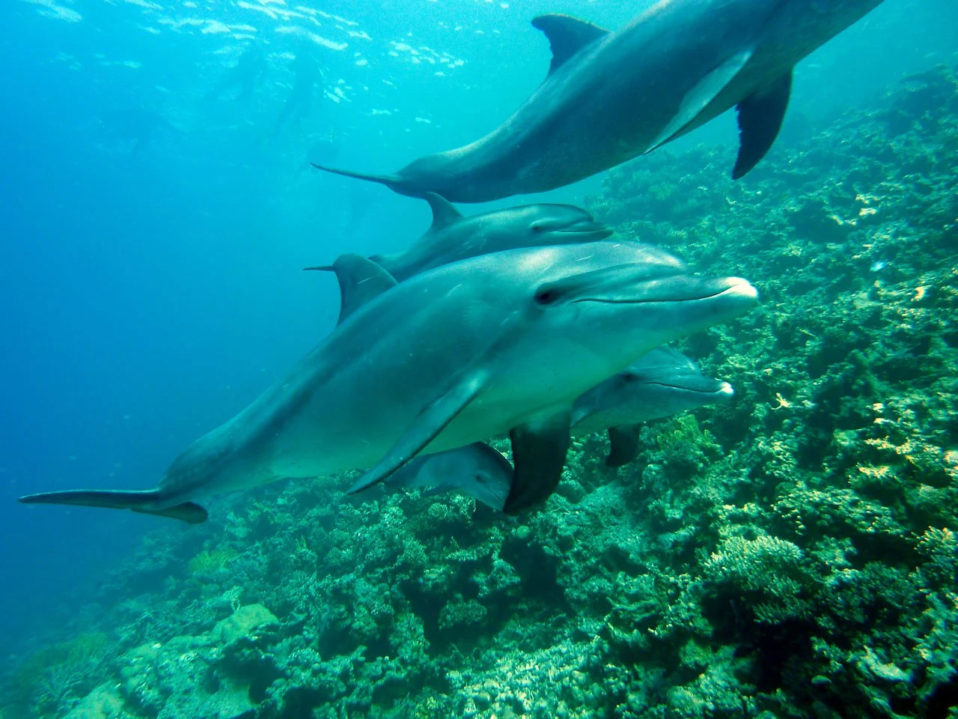
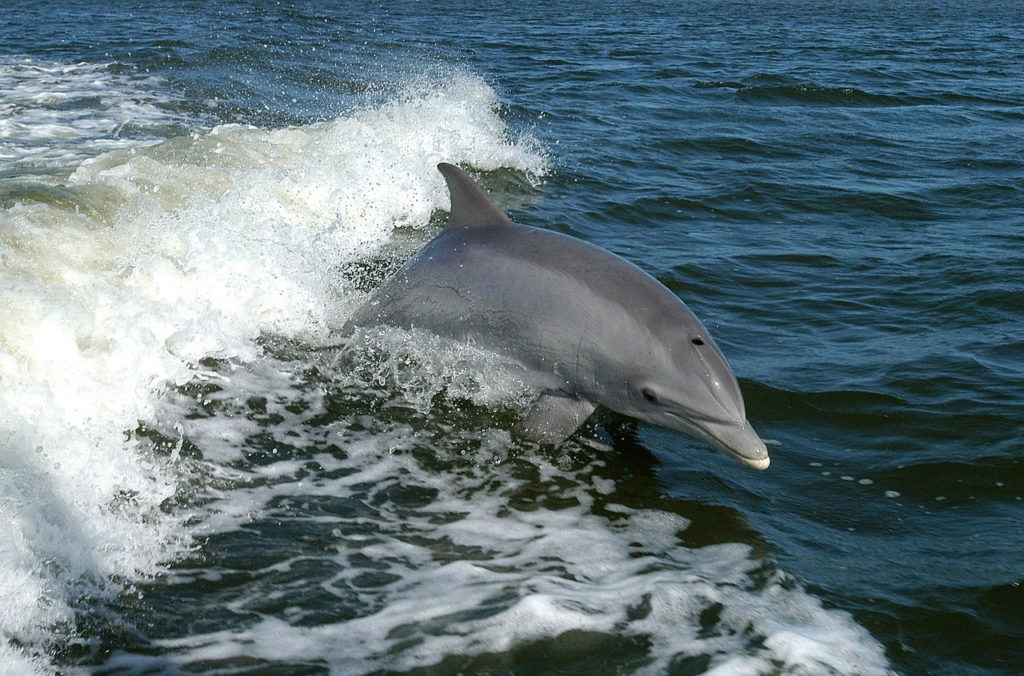
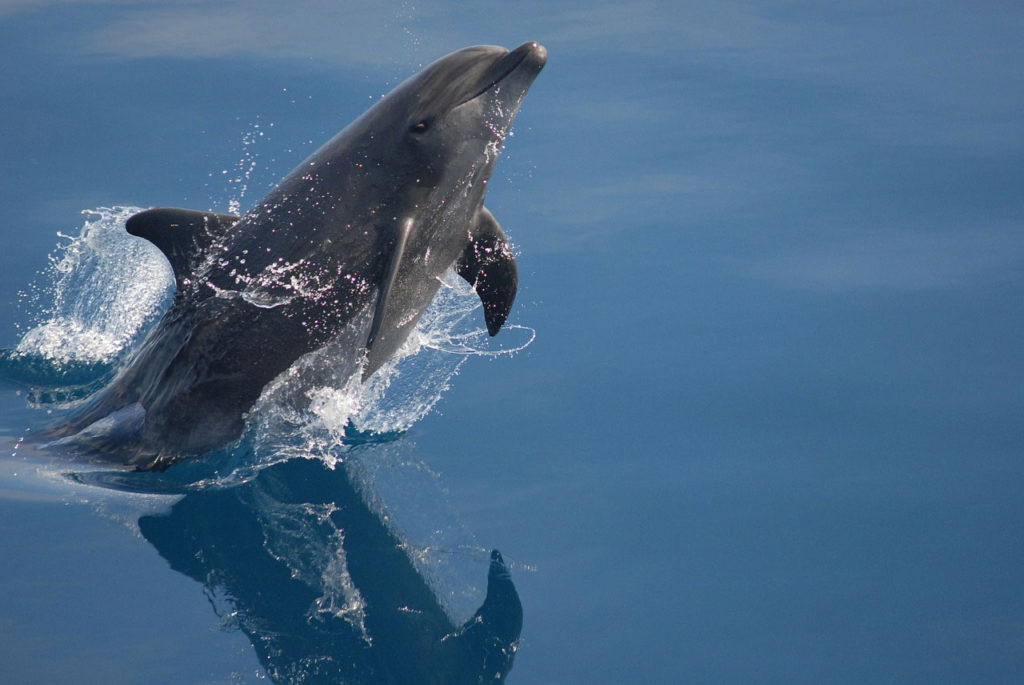
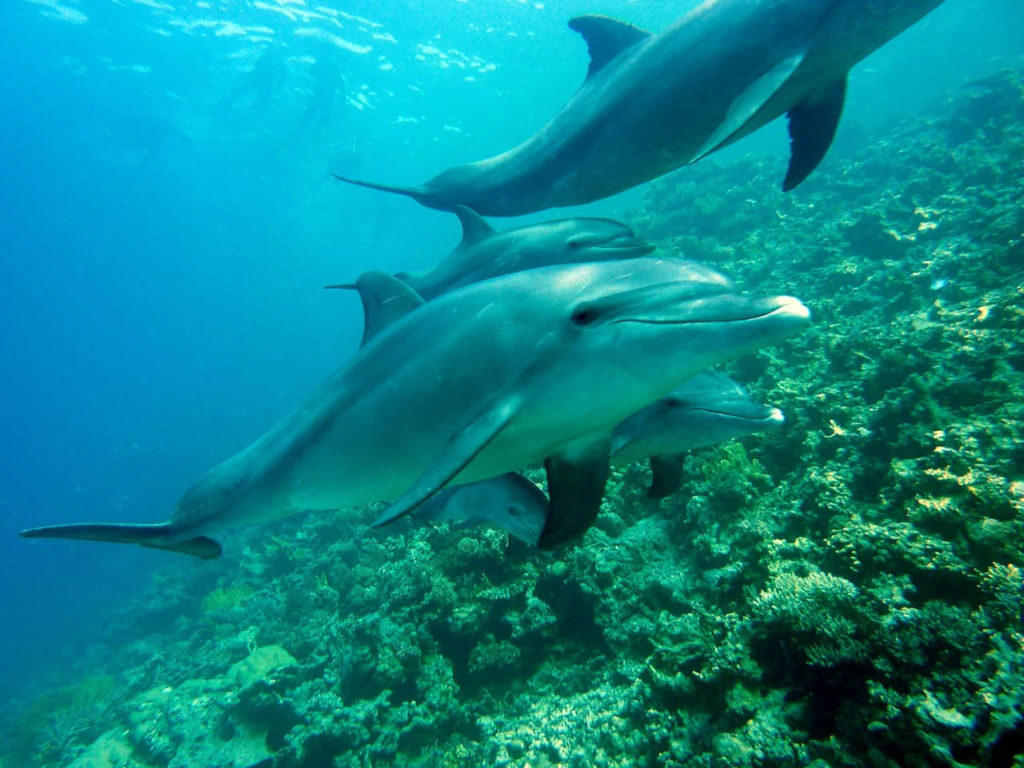
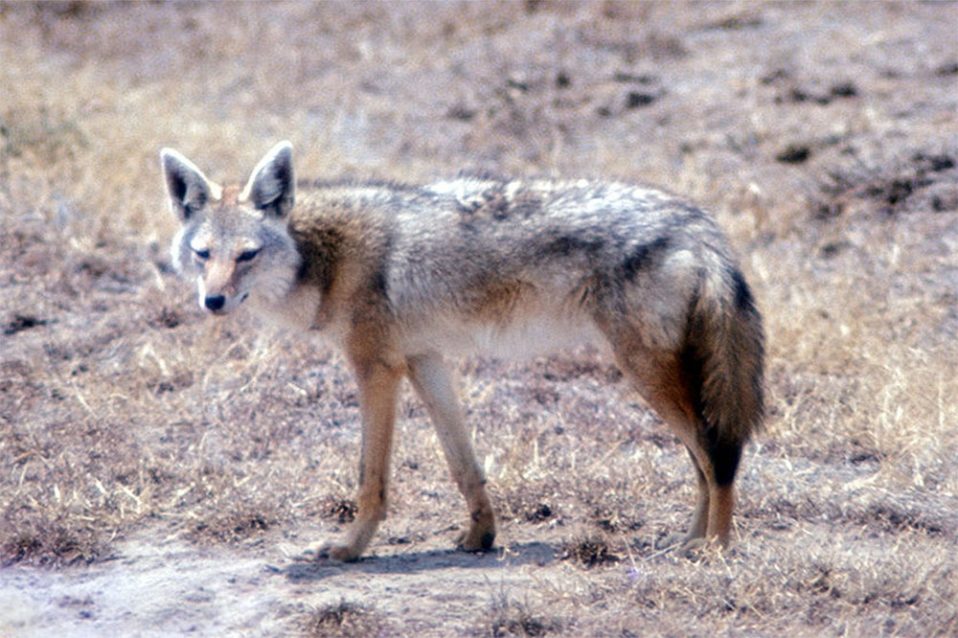
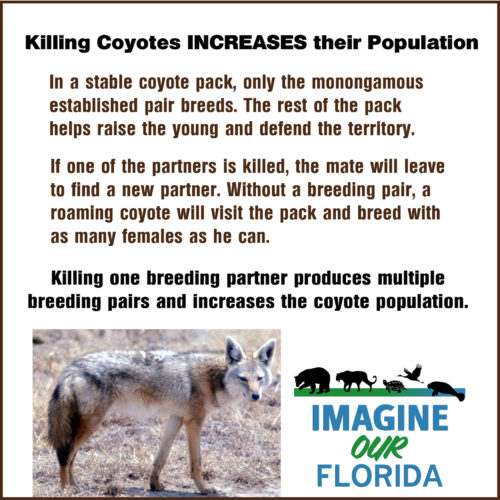
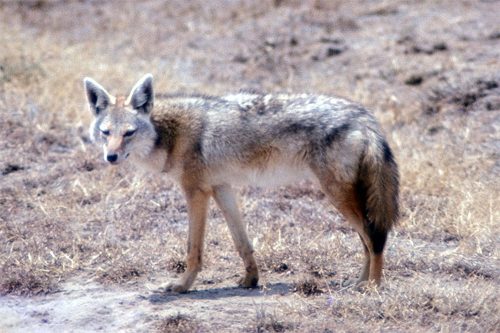
Recent Comments